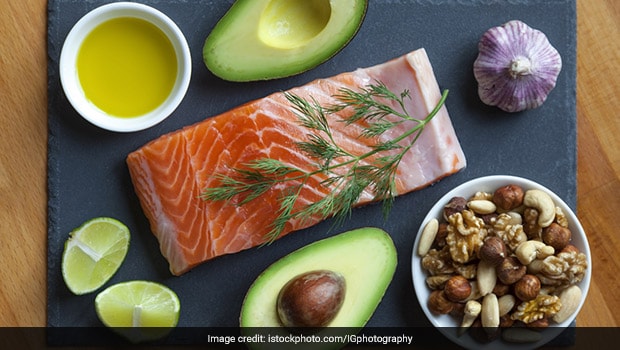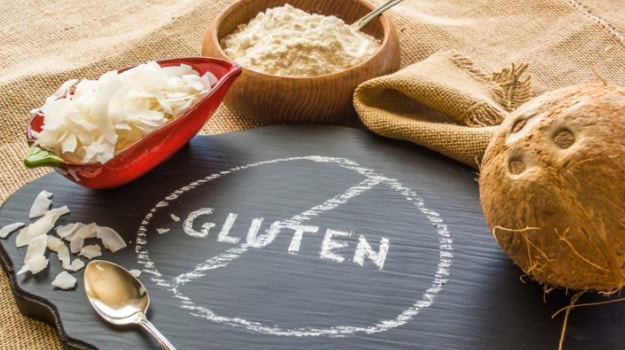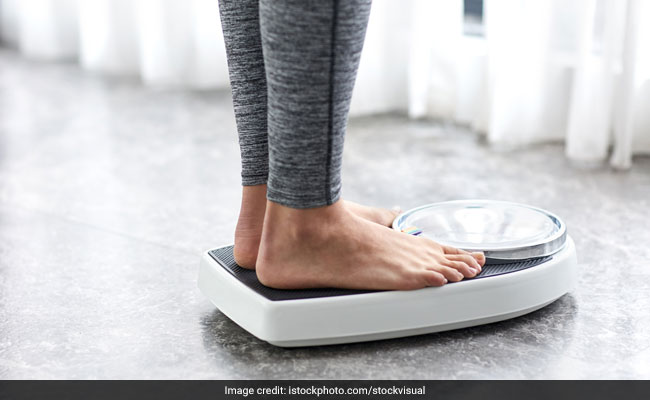
Fad diets become popular and then over time their popularity fades away but there are some diet that are here to stay and the Whole 30 Diet seems to be one of them. The Whole 30 Diet was curated by sports nutritionists Dallas Hartwig and Melissa Hartwig in 2009. As the name suggests, the Whole 30 Diet is a clean eating plan that is followed for 30 days and promises health and emotional benefits. The month long program aims to reset your metabolism and help you build a healthy relationship with food by revamping your daily meals.
Whole 30 diet is essentially a low-carb and high protein diet and seems quite similar to the Paleo Diet. The idea is to avoid foods that are known to raise your blood sugar levels, trigger inflammatory responses and allergies or can damage your gut.Here are six ways in which this diet may help you lose weight.
1. Processed foods are a big no: One of the first things that the diet suggests is to give up processed foods totally for 30 days. This means no refined sugar, cookies, chips and other packaged foods or drinks, bacon, ham and other processes meats, artificial sweeteners, additives and alcohol. They are foods that are known to destabilize your blood sugar levels and lead to cravings.

These are foods that are known to destabilize your blood sugar levels. Photo Credit: Istock
2. Dairy may trigger allergies and damage your gut: A lot of new diets recommend that you should give up on milk and milk products to lose weight. Nutritionists believe that dairy products may trigger weight gain and cutting them out helps in reducing the bloat. Many people may be allergic to milk proteins unknowingly and it is not easily diagnosed.
3. Grains may trigger inflammatory responses: The diet suggests that you must avoid all kinds of grains and legumes. The diet’s founders explain that these foods are most likely to cause inflammation in the body and weaken the gut that can hamper your metabolism and of course, your weight loss goals.

These foods are most likely to cause inflammation. Photo Credit: Istock
4. Eating real food that tastes and feels good works wonders: The Whole 30 diet focuses on foods such as meat, seafood, and eggs, lots of vegetable and fruits and plenty of natural fats; and herbs, spices, and seasonings. Clean eating results in a clean gut which fires your digestive system and helps in burning off fats and calories. During these 30 days, you focus on consuming high quality foods.
5. Weighing yourself regularly is an emotional trigger: As challenging as it may sound, the Whole 30 diet restricts you from weighing, counting calories, analyzing body fat, or taking comparative measurements for all 30 days. This can really help in more ways than you can imagine. Tracking that number on the weighing scale too often acts as an emotional trigger. It can boost the urge to go back to old habits instead of motivating you and trigger obsessive thoughts. So, to make sure your weight loss plan is effective, best to avoid it.

The weighing scale too often acts as an emotional trigger.
6. Month-long eating plan: The curators of the Whole 30 Diet explain that it is important to practice a dietary change at least for 30 days to see positive or any results as that’s the amount of time your body take stabilize your metabolic rate and start the weight loss and healing process.
So, should you follow the Whole 30 Diet? We’ll leave that decision to you. You can perhaps try it for a week and see how you feel or consult a nutrition who can guide you and create a diet plan for you.
[“source=food.ndtv”]
